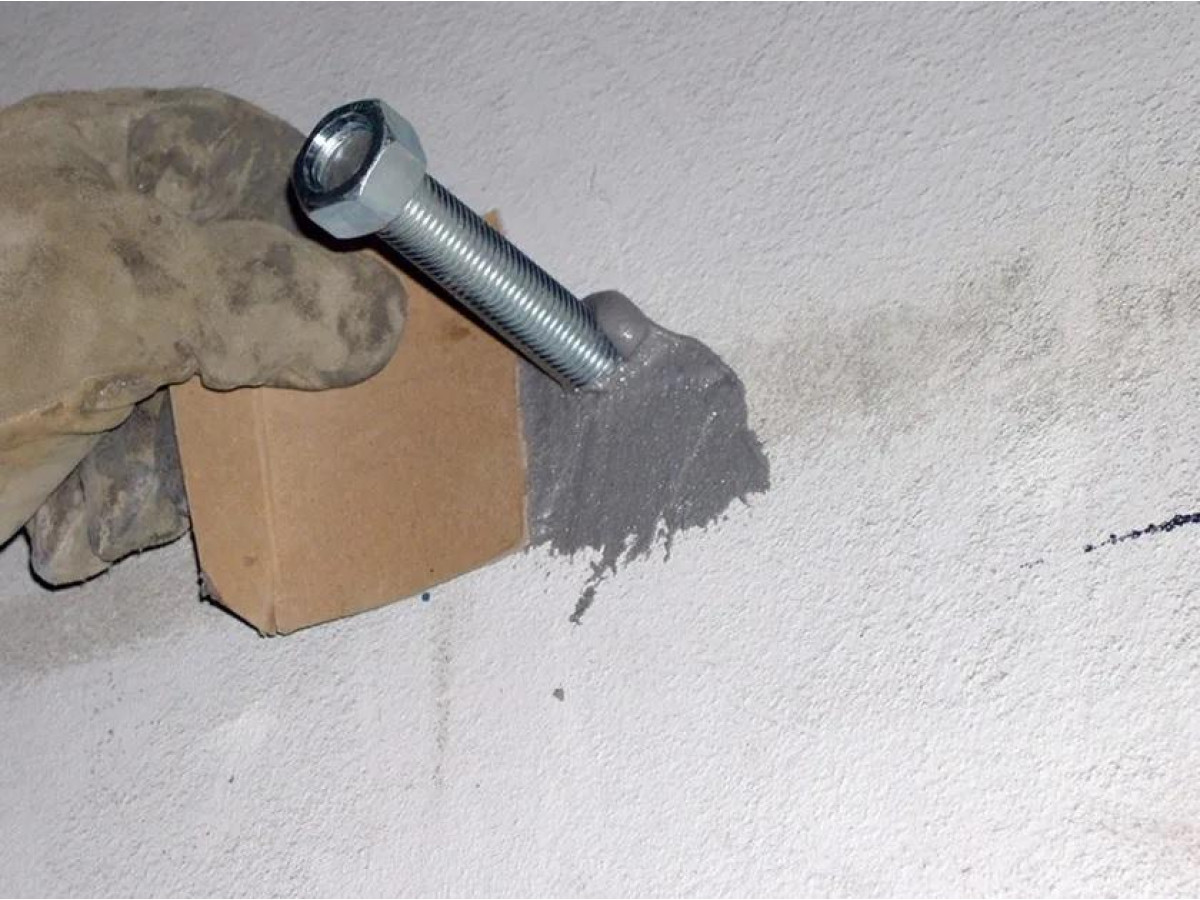 A chemical anchor is a special type of fastening material used to ensure high bonding strength in building structures. It consists of two components: a resin and a hardener, which are mixed just before use and chemically react with each other to form a strong bond between the fastener and the substrate.
A chemical anchor is a special type of fastening material used to ensure high bonding strength in building structures. It consists of two components: a resin and a hardener, which are mixed just before use and chemically react with each other to form a strong bond between the fastener and the substrate.
What is a chemical anchor for?
Chemical anchor is a versatile solution for providing strong fastening in a wide variety of construction and renovation situations. It is used for the following main purposes:

- A chemical anchor ensures that heavy elements are securely fastened to concrete, brick or stone surfaces. These can be metal structures, large mechanisms, gym equipment, large-sized signs, etc.
- Chemical anchor is ideal for fastening in hollow blocks, aerated concrete, or hollow bricks, where traditional mechanical fasteners may be ineffective or dangerous.
- Due to its adhesive properties, the chemical anchor provides a strong attachment that can withstand high vibration loads, making it ideal for installation in industrial facilities, bridges, highways, and other vibration-prone structures.
- Chemical anchors, especially those based on epoxy resins, are highly resistant to temperature fluctuations, moisture, corrosion, which allows their use in open air and in coastal areas.
- For the restoration of historical buildings or monuments, where it is necessary to preserve the appearance of the façade, a chemical anchor allows you to perform fastening work without significant interference with the structure of the material.
- In cases where mechanical fastening can cause cracks or damage to the substrate, a chemical anchor acts as an ideal alternative, as it distributes the load more evenly and reduces the risk of damage.
- For example, when installing equipment in water or other difficult conditions, some types of chemical anchors can provide a secure attachment despite the presence of water or other liquids.
What is the composition of a chemical anchor?
The composition of a chemical anchor can vary depending on the manufacturer, but generally includes:

- Epoxy, polyester or vinylester resins that serve as a base;
- A hardener that initiates the polymerization process;
- Additional fillers and stabilizers that improve physical performance.
To work with a chemical anchor you will need:
- Special resin squeezing gun;
- Drill bits for drilling holes of the required diameter;
- Brush and air pump to clean holes;
- Gloves and safety goggles for safety.
- Drill a hole of the desired diameter and depth.
- Use a brush and air pump to remove dust and dirt from the opening.
- Mix the components of the chemical anchor according to the manufacturer's instructions.
- Inject the mixture into the hole using a special gun.
- Insert the fastener into the hole until it is completely filled with resin and leave for the time needed to cure.
- Once cured, check the strength of the bond.
The use of a chemical anchor allows you to achieve high fastening strength in difficult conditions, but requires careful adherence to instructions and safety precautions.
.svg)


Write a comment